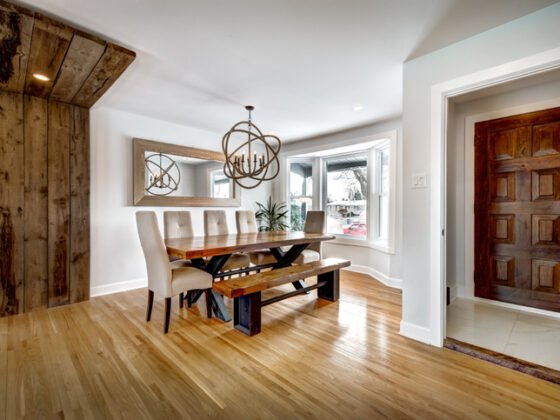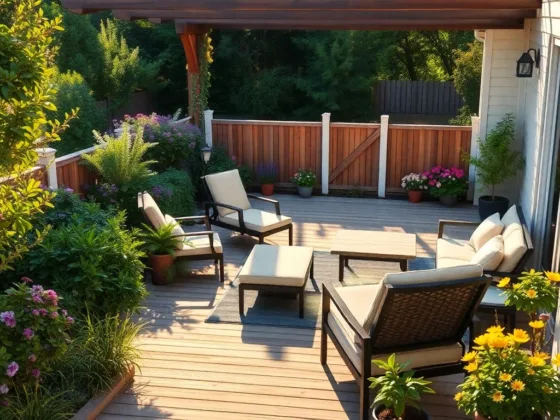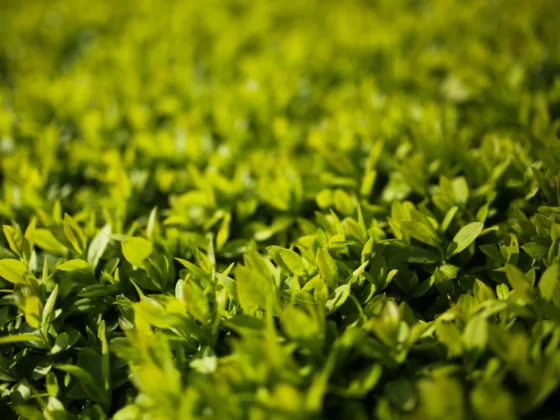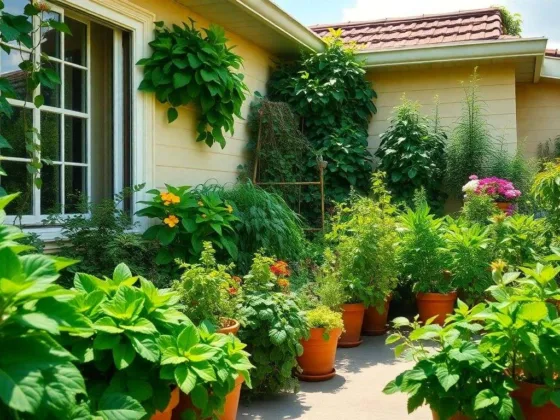Table of Contents Show
Designing for Busy Lifestyles
In today’s fast-paced world, our lives are busier than ever.
Balancing work, family, and personal commitments can leave us with limited time to dedicate to garden upkeep.
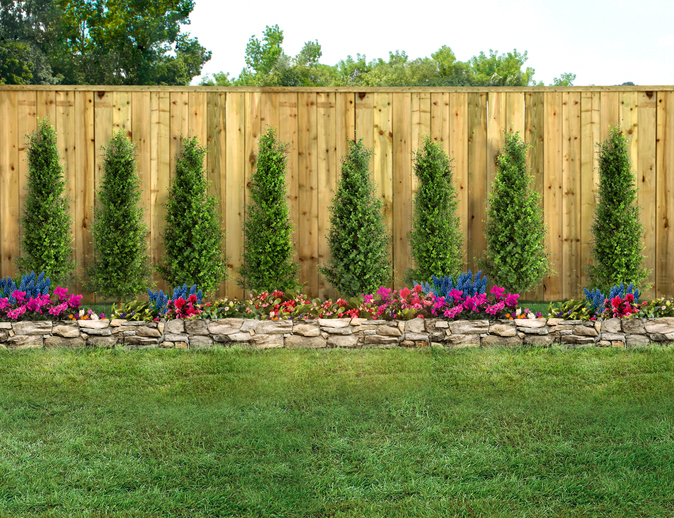
However, that doesn’t mean we have to forgo a beautiful outdoor space. By designing a low-maintenance landscape, you can have a stunning garden that complements your busy lifestyle.
In this expert guide, we will explore valuable tips from landscaping companies on how to create an attractive, stress-free garden that requires minimal maintenance.
1. Choose the Right Plants
Selecting the right plants is crucial when designing a low-maintenance landscape.
Opt for native plants or drought-tolerant species that can thrive in your region’s climate with minimal intervention.
These plants are naturally adapted to the local conditions, reducing the need for constant watering and care. Consult with reputable landscaping companies to identify the best plant varieties for your garden.
2. Embrace Mulching
Mulching is a game-changer when it comes to low-maintenance landscaping.
Applying a layer of organic mulch around your plants helps retain soil moisture, suppress weeds, and regulate soil temperature.
With mulch in place, you’ll spend less time watering, weeding, and worrying about temperature fluctuations affecting plant growth.
3. Implement Hardscaping Features
Integrating hardscaping features into your landscape design not only adds visual interest but also reduces maintenance demands.
Consider pathways, patios, and retaining walls made of durable materials like stone, gravel, or concrete. Hardscaping elements require little to no upkeep compared to traditional lawns and flowerbeds.
4. Go for Perennials
Choose perennial plants over annuals, as perennials come back year after year without the need for replanting.
Once established, they require less care and attention, freeing up your time for other activities.
Landscaping companies can help you select a mix of perennials that provide year-round color and interest.
5. Plan for Proper Irrigation
Efficient irrigation is essential for a low-maintenance landscape.
Drip irrigation systems and soaker hoses deliver water directly to the root zone, reducing water waste and the risk of overwatering.
Landscaping companies can design and install an automated irrigation system that caters to the specific needs of your plants.
6. Group Plants Strategically
Grouping plants with similar water and sunlight requirements together can simplify your garden maintenance routine.
By creating planting zones based on the needs of the vegetation, you can water and care for them more efficiently, reducing the time spent on maintenance tasks.
7. Choose Easy-to-Maintain Turf Alternatives
If you desire a lawn but don’t have the time to mow and maintain it regularly, consider low-maintenance turf alternatives.
Groundcover plants, artificial grass, or clover lawns are excellent options that require less attention while still providing a lush, green look.
8. Minimize Lawn Areas
Reducing the size of your lawn can significantly decrease maintenance efforts.
Instead of having vast expanses of grass, create functional outdoor spaces using hardscaping, gravel, or low-maintenance groundcovers.
This not only saves time and resources but also adds visual interest to your landscape.
9. Opt for Easy-Care Trees
Trees add beauty and shade to your landscape, but some varieties require more maintenance than others.
Choose trees that are disease-resistant and have strong branches to withstand storms.
Trees with minimal litter, like ornamental fruit trees, can also make your garden easier to maintain.
10. Regularly Mulch Garden Beds
Mulching isn’t a one-time task. Regularly replenish mulch in your garden beds to ensure its effectiveness.
Landscaping companies can help you establish a mulch schedule based on your climate and the type of mulch you use.
11. Incorporate Evergreens
Evergreen plants retain their foliage throughout the year, offering year-round color and texture to your landscape.
By including a variety of evergreen shrubs and trees, you can maintain an attractive garden even during the winter months.
12. Optimize Garden Layout
Design a garden layout that promotes easy maintenance.
Consider creating clean lines and simple shapes in your beds, making it easier to mow around them and trim edges.
A well-planned garden layout can streamline your maintenance routine.
13. Invest in Professional Maintenance Services
Even low-maintenance landscapes require some level of care. Consider hiring landscaping companies to provide regular maintenance services.
Professional landscapers can handle pruning, mulching, fertilizing, and other tasks, allowing you to enjoy your outdoor space without worrying about its upkeep.
14. Use Smart Technology
Embrace smart technology to manage your landscape efficiently.
Automated irrigation systems with weather-based controllers can adjust watering schedules based on real-time weather conditions, saving water and reducing maintenance efforts.
15. Create a Garden Calendar
Develop a garden calendar to track essential maintenance tasks throughout the year.
This calendar will help you stay organized and ensure you don’t overlook critical activities that contribute to the health and beauty of your low-maintenance landscape
In conclusion, designing a low-maintenance landscape is an excellent solution for busy individuals who still wish to enjoy the beauty of an outdoor space without the stress of constant upkeep.
By implementing these expert tips from landscaping companies, you can create a visually appealing and environmentally friendly garden that complements your fast-paced lifestyle.
With thoughtful planning and the right choices, you can strike the perfect balance between beauty and simplicity in your outdoor oasis.
